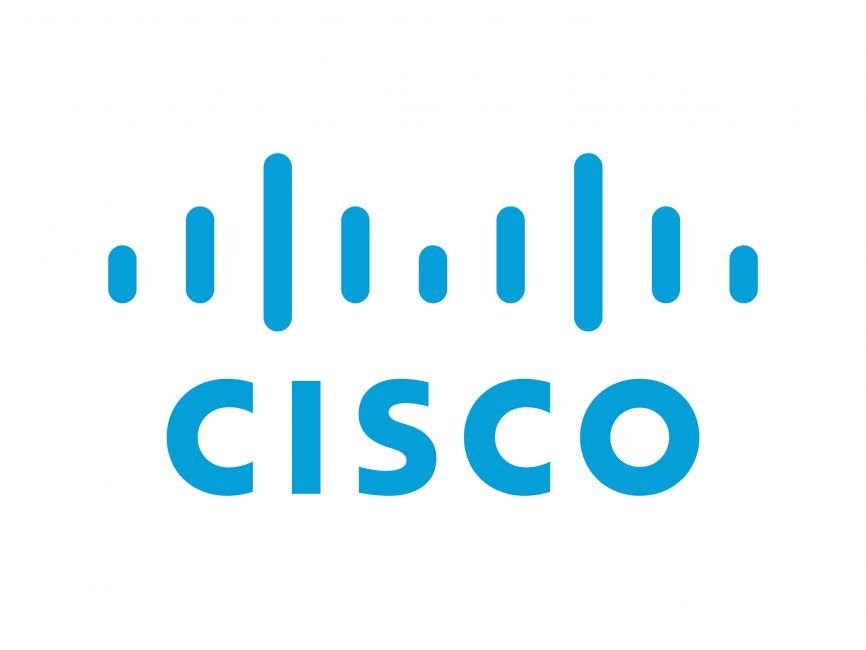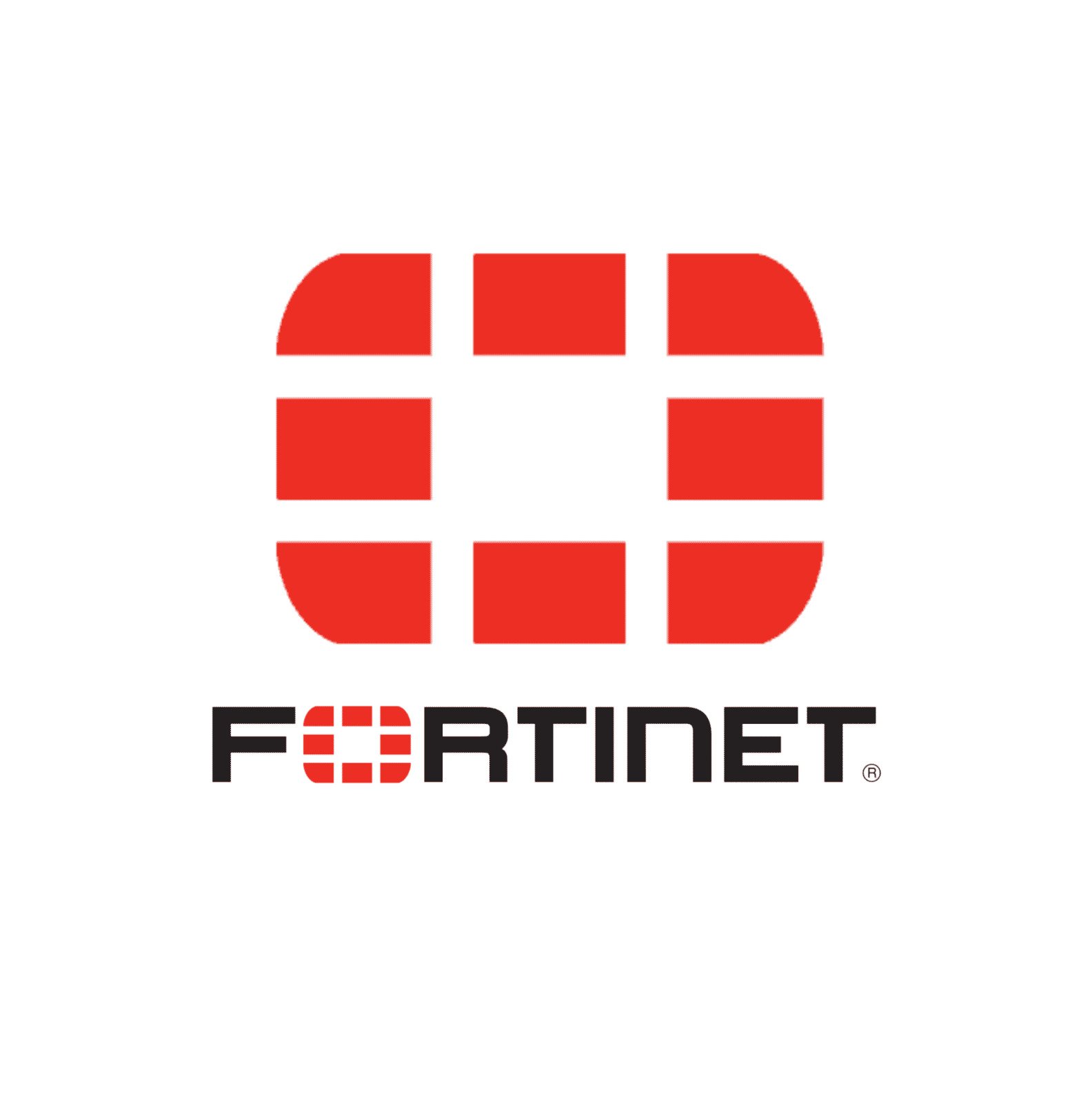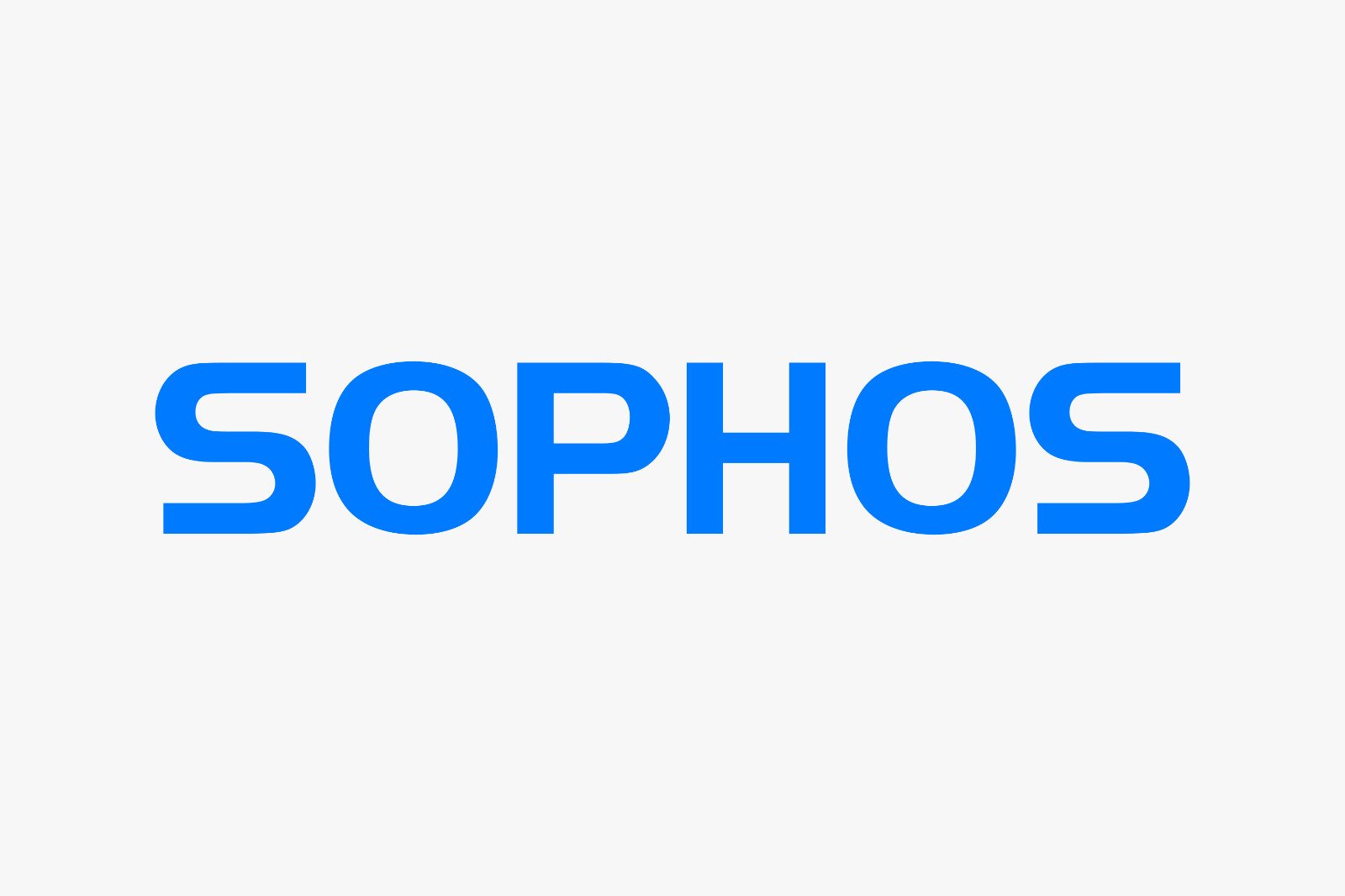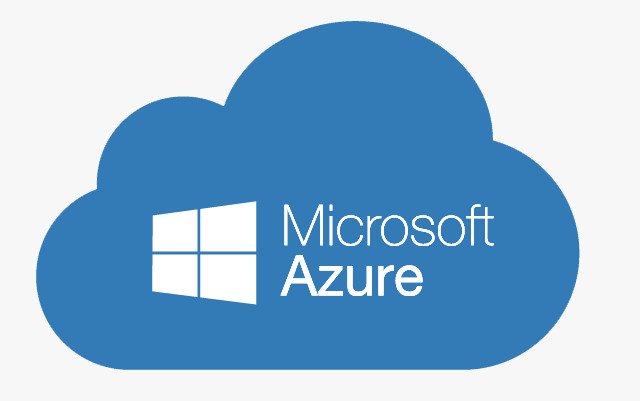Our Network Partners
Partners Internet :-
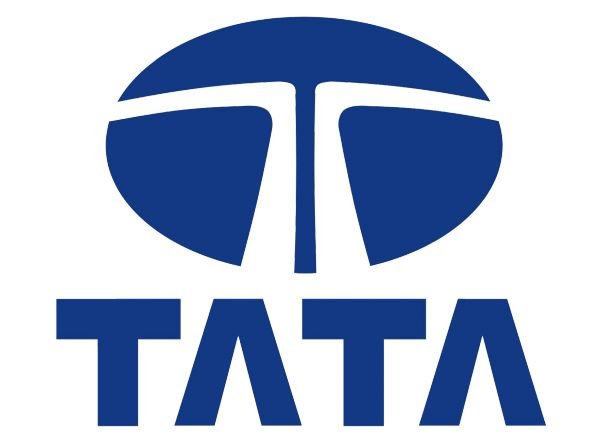
Tata's structure refers to its diverse, decentralized organizational framework, with multiple subsidiaries operating across various industries, including automotive, steel, energy, and IT, each having its own management and operational focus.
Tata's security structure includes advanced cybersecurity protocols, data encryption, and robust risk management systems. It focuses on protecting digital assets, network infrastructure, and sensitive customer data across its diverse business units.
Tata's cybersecurity strategy emphasizes advanced threat detection, data protection, secure networks, and risk management. It incorporates AI-driven solutions, encryption, and compliance with global standards to safeguard digital assets and business operations.
Tata's data centers offer secure, scalable infrastructure, focusing on high availability, cloud services, and disaster recovery, ensuring reliable performance, data protection, and compliance with industry standards for global clients.
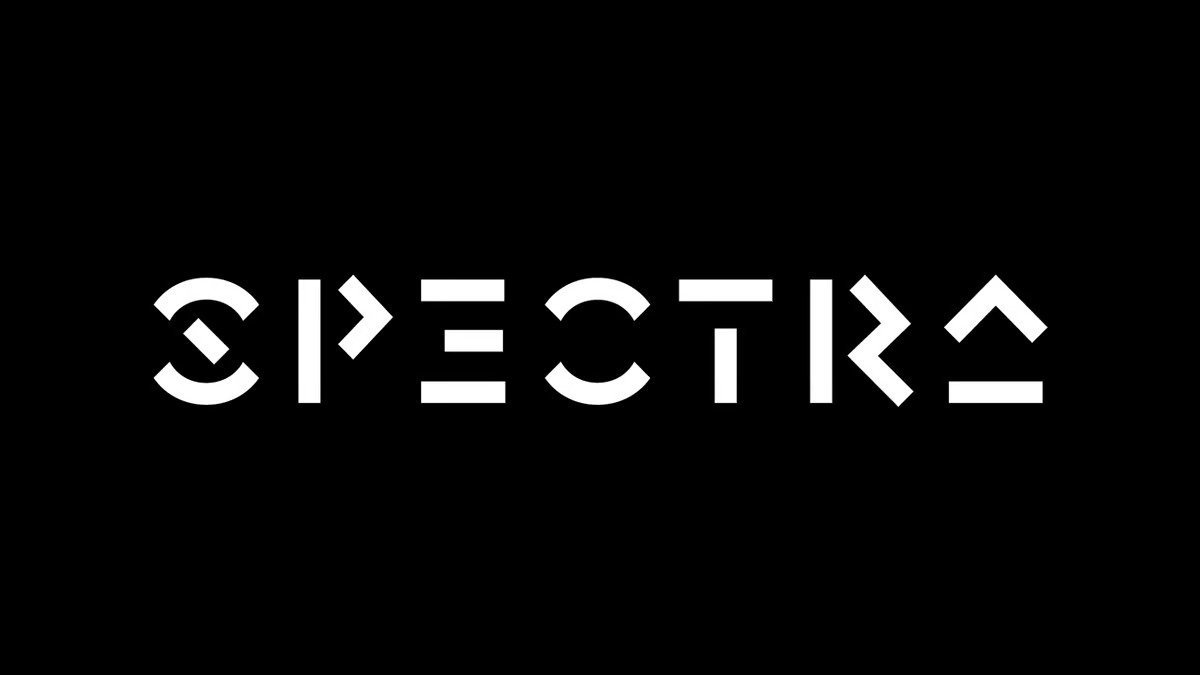
Spectra's structure is typically hierarchical, focusing on innovation in telecom, network solutions, and data services. It operates through specialized divisions, ensuring efficiency, with a strong emphasis on customer-centric technology solutions.
Spectra's security framework integrates robust encryption, real-time threat monitoring, and multi-layered defense strategies. It emphasizes secure data transmission, vulnerability management, and compliance with industry standards, ensuring comprehensive protection across its network and services.
Spectra's cybersecurity strategy focuses on proactive threat detection, secure data encryption, and network monitoring. It employs advanced security tools, risk management protocols, and compliance with industry standards to safeguard digital assets.
Spectra's data centers provide secure, scalable infrastructure with high availability, offering cloud solutions, disaster recovery, and industry-standard compliance.




